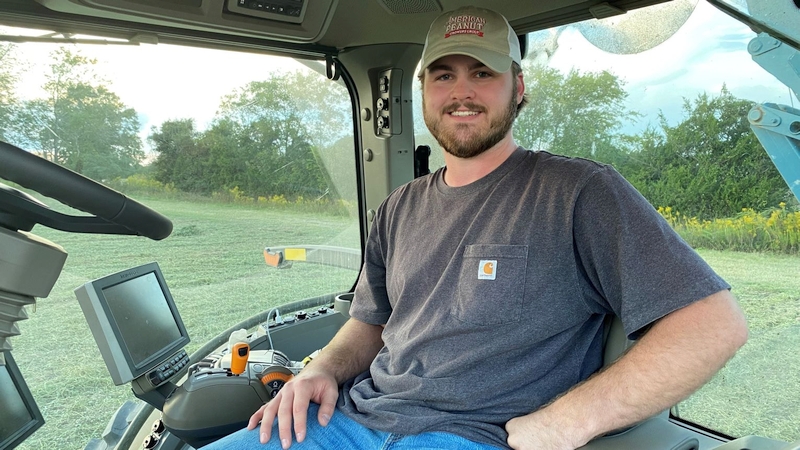Don’t Lose Sight of the Weed Management System
A dropped rock might cause only a ripple in some ponds, but a dropped practice in weed control can devastate a cotton field.
“It’s the system that protects you,” University of Georgia Extension Weed Scientist Stanley Culpepper says. “The system. You have to understand the concept of the system. You have to write a prescription that fits your management, that fits your capabilities, that fits your farm. Then you have to stick to it. You have to overlap those residuals. You have to be on your game.”
Culpepper hears the concern about herbicides with strong residuals that damage stands. He understands the fervent wish for a simple solution to managing resistant weeds like Palmer amaranth. He knows the temptation to relieve the pressure of tight margins by popping an herbicide application out of the program. His response: intense focus on research that supports tightly focused prescription management programs – data that earns a farmer’s trust.
“I’m from a farm. I can’t do everything my research says all the time, but I can look at it and make it fit my farm. If a farmer trusts you, that’s what he’s going to do,” Culpepper says.
Fit the System to Your Farm
Culpepper, a past president of the Weed Science Society of America, says that in his experience, the vast majority of farmers are creating systems that work for them.
“I’ve got the best growers on the planet,” he says, not for the first time. “Most of my growers are doing the right things: no pigweed emerged at planting, apply two herbicides (two modes of action) at plant, make a layby application if you have a flush.”
The weed control system also includes tillage, crop rotation, and cover crop considerations.
Though the focus in recent years has been on which herbicide trait system to use, Culpepper says that’s not the driver for the system; it’s an element that impacts which modes of action are included in other parts of the system.
“Some folks want to pull residuals out of the system because they’re paying for herbicide traits in their seed,” Culpepper says. “You still need residuals. It will only take a few years for you to lose that technology to the genetic potential of those two weeds.”
Exploring New Options for the System
Culpepper is evaluating new alternative treatments that likely will work on many farms. However, he says, those options will be one element of a successful system that’s tailored for that farm.
“The alternatives are only helpful if we protect the herbicide programs that we have,” he says. “We’re not sustainable with just cover crops. We’re not sustainable with just pollen sterilization. We’re not sustainable with just tillage. It’s the system – the system – that’s important.”
He compares ryegrass in small grains to Palmer amaranth in cotton. “In small grains, ryegrass has resistance to every class of chemistry available today. You’re going to lose that chemistry in 3 to 5 years. Palmer amaranth isn’t that different,” Culpepper says, noting that Kentucky researchers identified a population of Palmer that’s resistant to dicamba. Georgia researchers have identified weeds resistant to Valor and Reflex herbicides.
Resistance doesn’t take an herbicide out of the program. “Resistance doesn’t mean we quit using the chemistry,” Culpepper says. “It means we protect those chemistries.”
It means, Culpepper says, returning to his primary message, that a farmer must stick to the system. He again points out that successful weed control demands interwoven practices, and each element impacts the effectiveness of the system.
“You have agronomic issues facing you. And you have regulatory issues facing you,” he says. “You need to be on your game.”
Then Culpepper repeats the mantra that he believes every farmer must adopt: “It’s the system – the system – that’s important.”









